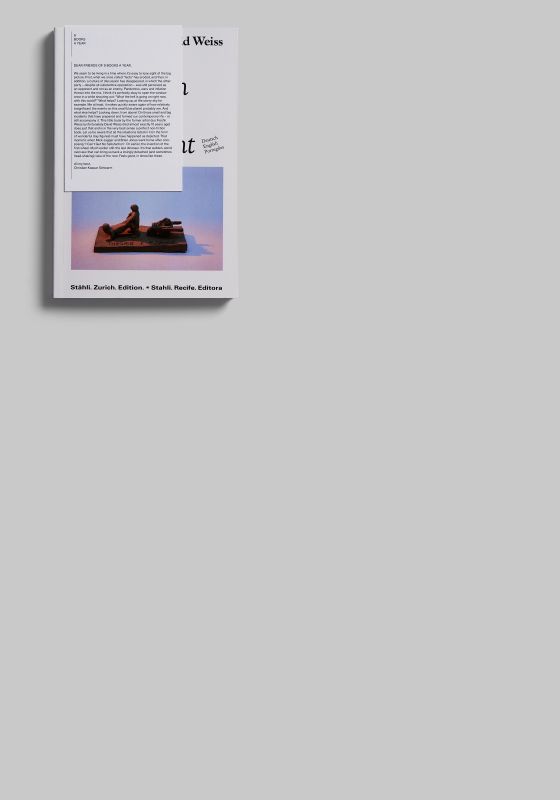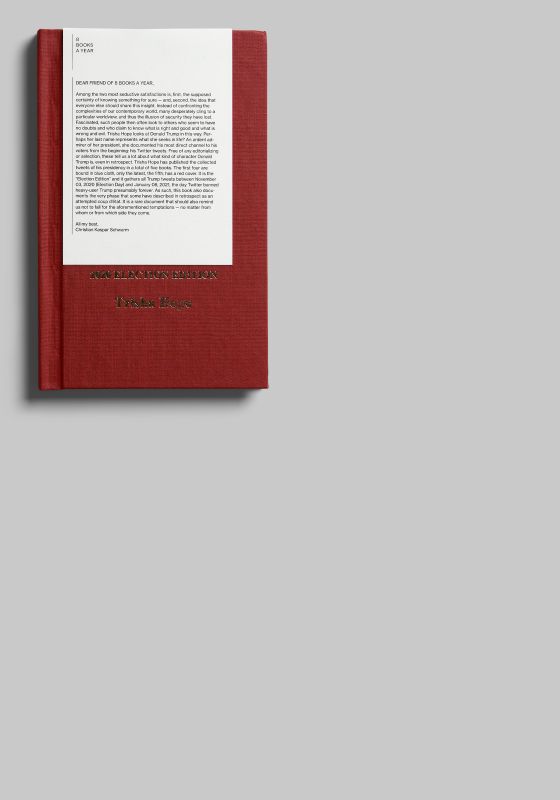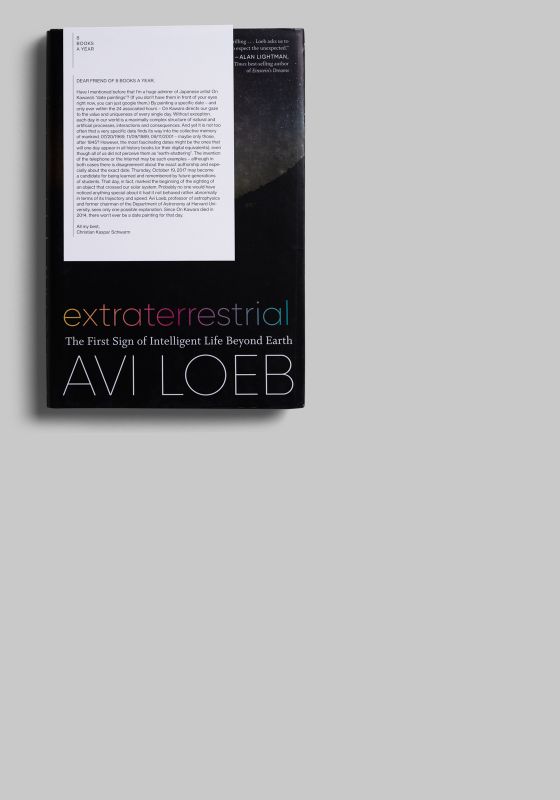OCTOBER 2020
Fritjof Capra
The Tao of Physics
An Exploration of the Parallels Between Modern Physics and Eastern Mysticism
Shambhala Publications, Updated Edition 2010
DEAR FRIEND OF 8 BOOKS A YEAR,
Let's be completely honest, among us book lovers: Do you read more new books than older ones? Maybe way more new ones? I guiltily confess: It's true for me, at least. But why is that? We all know that a lot of older books aren't outdated at all. I had my own epiphany when I read Plato's “Allegory of the Cave” for the very first time in my early 20ies. Besides the sudden insight of how well-written and easily understandable it was, I was more than just astonished how valid some thoughts can be that were written down around 2,400 years ago. I think it was then when I invented a personal term for the relative blindness we can suffer from (without noticing it, of course): “The Arrogance of Now”. From time to time, I remember myself about this secret illness of our social media dominated minds. And it can be (temporarily) cured by reading something which is old and new at the same time. It definitely has not to be as old as some Greek philosopher's writings. Let's just jump back to the 70ies. No Internet around back then, no cable TV, no mobile phones. One year before Steve Jobs, Steve Wozniak and Ron Wayne (ever heard of him?) founded Apple, physicist Fritjof Capra published a book building a bridge between modern natural sciences and the mysticism of ancient wisdom teachings. Today, almost half a century later, words such as “resonance”, “mindfulness” and “spirituality” are increasingly heard behind the scenes of the business world. Sometimes they are still carefully whispered – but more and more often those who want to dismiss such concepts as hocus-pocus find themselves on the defensive. I find Capra's ideas about connecting “the rational and the intuitive” as contemporary as any brand-new book could ever be.
All my best,
Christian Kaspar Schwarm
Fritjof Capra
The Tao of Physics
An Exploration of the Parallels Between Modern Physics and Eastern Mysticism
Shambhala Publications, Updated Edition 2010
Read InscriptionDEAR FRIEND OF 8 BOOKS A YEAR,
Let's be completely honest, among us book lovers: Do you read more new books than older ones? Maybe way more new ones? I guiltily confess: It's true for me, at least. But why is that? We all know that a lot of older books aren't outdated at all. I had my own epiphany when I read Plato's “Allegory of the Cave” for the very first time in my early 20ies. Besides the sudden insight of how well-written and easily understandable it was, I was more than just astonished how valid some thoughts can be that were written down around 2,400 years ago. I think it was then when I invented a personal term for the relative blindness we can suffer from (without noticing it, of course): “The Arrogance of Now”. From time to time, I remember myself about this secret illness of our social media dominated minds. And it can be (temporarily) cured by reading something which is old and new at the same time. It definitely has not to be as old as some Greek philosopher's writings. Let's just jump back to the 70ies. No Internet around back then, no cable TV, no mobile phones. One year before Steve Jobs, Steve Wozniak and Ron Wayne (ever heard of him?) founded Apple, physicist Fritjof Capra published a book building a bridge between modern natural sciences and the mysticism of ancient wisdom teachings. Today, almost half a century later, words such as “resonance”, “mindfulness” and “spirituality” are increasingly heard behind the scenes of the business world. Sometimes they are still carefully whispered – but more and more often those who want to dismiss such concepts as hocus-pocus find themselves on the defensive. I find Capra's ideas about connecting “the rational and the intuitive” as contemporary as any brand-new book could ever be.
All my best,
Christian Kaspar Schwarm












































